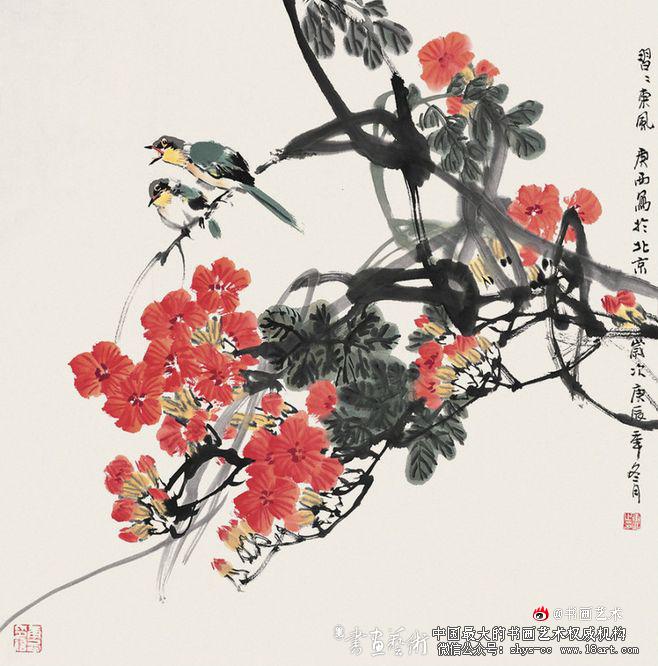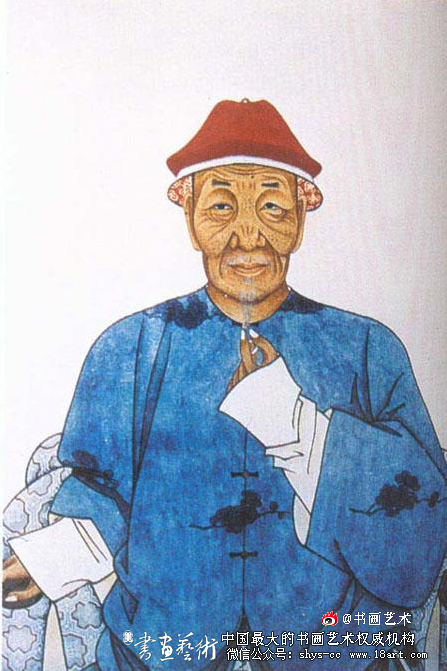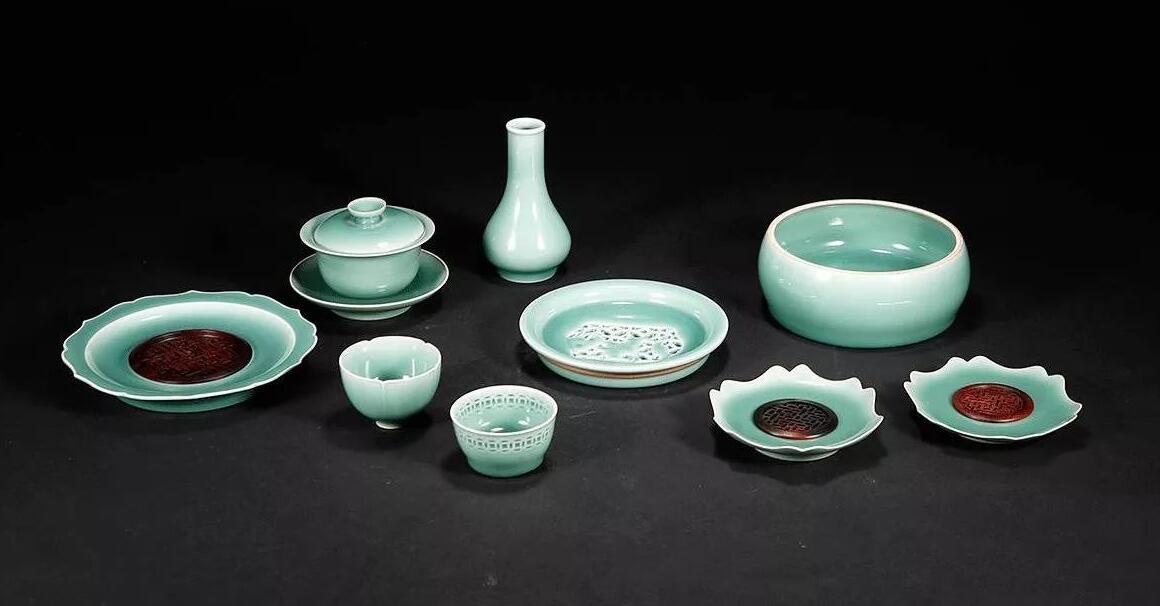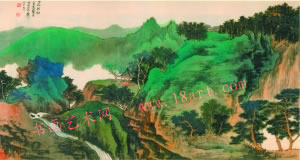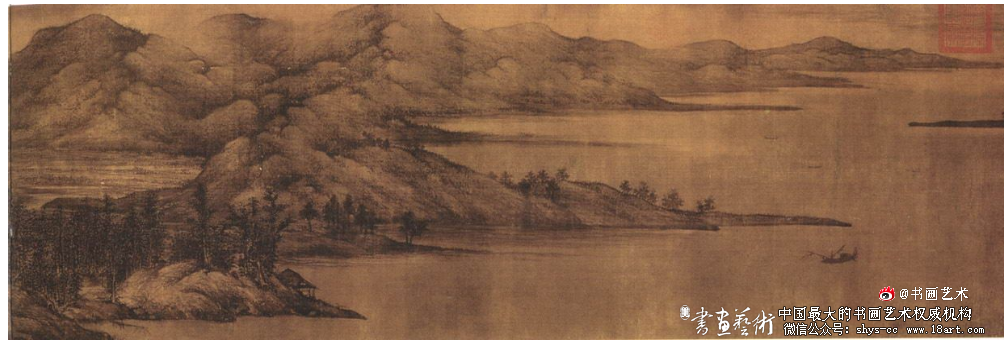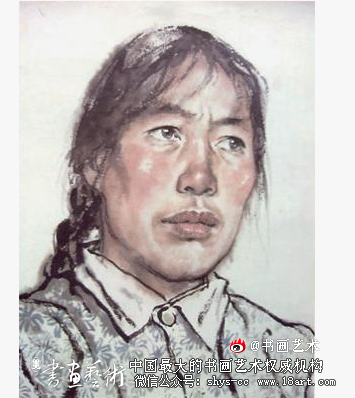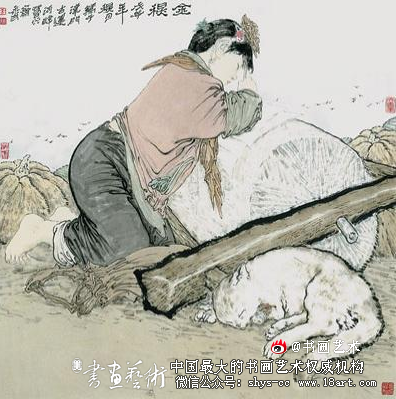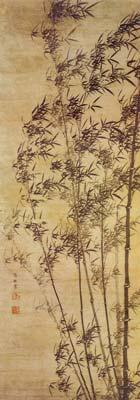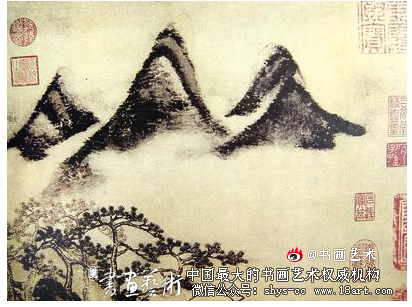大麗和和花耀高级珠宝系列:大地之耀
大家好,中国古典建筑色彩「中国传统建筑色彩」很多人还不知道,现在让我们一起来看看吧!
本期编辑/上海雅舍辛乙堂
Yashe Studio
———————————
穿越千年时空,中国古建筑是凝聚历史与文化的艺术品,犹如画般的意境之美。Through thousands of years of time and space, Chinese ancient architecture is a work of art that condenses history and culture, just like the beauty of artistic conception like a painting.
北方的皇家建筑,红墙、红柱、黄瓦彩画,辉煌富丽,重彩金碧。南方园林寺观,白墙黑柱青瓦,好似水墨写意,全是文人的情趣。
The royal buildings in the north, with red walls, red columns and yellow tile color paintings, are magnificent and colorful. Southern Garden temples, white walls, black columns and green tiles, like ink freehand brushwork, are all the interests of scholars.
中国传统建筑注重色彩的艺术,中国古代的匠师在建筑装饰中善于使用色彩。建筑物上的色彩缤纷,颜色种类繁多,是我们特有的民族特色。
Traditional Chinese architecture pays attention to the art of color, and ancient Chinese craftsmen are good at using color in architectural decoration. The colorful and various colors on the buildings are our unique national characteristics.
下面跟着古建中国一起来看看,中国古建筑色彩的发展与演变。
Now let's follow the ancient buildings in China to see the development and evolution of the color of ancient buildings in China.
原始建筑
中国原始建筑为“茅茨土阶”,很少人工装饰,其色彩多为草、木、土建筑材料的本色,原始而质朴。
The original buildings in China are "MAOCI terraces", which are rarely decorated manually. Their colors are mostly the natural colors of grass, wood and earth building materials, which are primitive and simple.
随着社会生产力的提高及人们审美意识的增强,在建筑上使用红土、白土、蚌壳灰等涂料来装饰和防护,后来又出现石绿、朱砂、赭石等颜料。
With the improvement of social productivity and the enhancement of people's aesthetic consciousness, red earth, white earth, clam shell ash and other coatings were used in buildings for decoration and protection, and then stone green, cinnabar, ochre and other pigments appeared.
起初人们多是依据色彩喜好、图腾象征、风水等,把红、白、黑、黄颜色涂在建筑上。
At first, people painted red, white, black and yellow on buildings based on color preferences, totem symbols, Feng Shui, etc.
殷商时期的宫殿,柱子多用红色,墙为白色,宫殿的“堂”和前檐多用色彩斑谰的“锦绣被堂”帷幔、壁衣之类的织绣、绘品装饰,使得统治者的建筑高贵、豪华而富丽堂皇。
In the palaces of the Yin and Shang Dynasties, the columns were mostly red and the walls were white. The "Hall" and the front eaves of the palace were mostly decorated with colorful "splendid quilt hall" curtains, wall clothes and other embroidery and paintings, making the rulers' buildings noble, luxurious and magnificent.
周代还规定青、红、黄、白、黑为正色。宫殿、柱墙、台基多涂以红色。这种以红为高贵色彩的传统一直延续下来。
The Zhou Dynasty also stipulated that green, red, yellow, white and black were positive colors. Palaces, columns, walls and foundations are mostly painted red. This tradition of taking red as the noble color has continued.
由于阶段的产生,统治者把建筑物上的色彩赋予了阶级内容,在礼记中规定:“楹。天子丹诸侯黝,大夫苍,土。”这些统治阶级的意识形态明显地反映在建筑的等级与色彩上。
Due to the emergence of the stage, the ruler endowed the color on the building with class content, and stipulated in the book of Rites: "Ying. The son of heaven is Dan, the princes are swarthy, the doctor is Cang, and the earth." The ideology of these ruling classes is clearly reflected in the level and color of buildings.
春秋时不仅宫殿建筑柱头,护栏,梁上墙上有彩绘,并已使用朱红、青、淡绿、黄灰、白、黑等色。
In the spring and Autumn period, not only the capitals, guardrails and walls of palace buildings were painted, but also vermilion, green, light green, yellow gray, white and black were used.
从战国时代出土的瓦当图案看,青龙、白虎、朱雀、玄武分别用于东、西、南、北各方,可以推测,当时在建筑上使用黑、白、红、黄代表不同方位。
According to the tile patterns unearthed in the Warring States period, green dragon, white tiger, rosefinch and basalt were used in the East, West, South and north respectively. It can be inferred that black, white, red and yellow were used in buildings at that time to represent different directions.
此时建筑的粱架上还出现了彩画,建筑的色彩更加丰富多彩。
At this time, colored paintings also appeared on the beam frame of the building, and the color of the building was more colorful.
秦代继承战国时礼仪,更重视黑色。秦始皇统一后变服色与旗色为黑。“别黑白而定一尊”《史记》,黑色为主色从此开始。
The Qin Dynasty inherited the etiquette of the Warring States period and paid more attention to black. After the unification of Qin Shihuang, the color of his clothes and flag changed to black. "Don't choose one from black and white." in historical records, black is the main color from now on.
汉代的宫殿与官署建筑也多用红色。有大量的“丹楹”、“朱阙”、“丹墀”文字记载。
Palaces and official buildings in the Han Dynasty also used red. There are a large number of written records of "Dan Ying", "Zhu Que" and "Dan long".
汉代除民间一般砖造泥木房的室内比较朴素外,宫殿楼台极为富丽堂皇。天花一般为青绿色调,栋梁为黄、红、金、蓝色调,柱、墙为红色或大红色。
In the Han Dynasty, except for the simple interior of the brick mud wooden houses, the palace terraces were extremely magnificent. The ceiling is generally cyan, the pillars are yellow, red, gold and blue, and the columns and walls are red or bright red.
汉代,发展了周代阴阳五行理论,五色代表方位更加具体。青绿色象征青龙,代表东方,朱色象征朱雀,指南方,白象征白虎,代表西方,黑象征玄武,表北方,黄象征龙,表示中央。这种思想一直延续到清末。
In the Han Dynasty, the theory of Yin Yang and five elements of the Zhou Dynasty was developed, and the five colors represent a more specific direction. Turquoise symbolizes the green dragon...This thought continued until the end of the Qing Dynasty.
自魏晋南北朝以后,屋顶上琉璃瓦的出现和使用,黄色成为至高无尚的地位。
Since the Wei, Jin, southern and Northern Dynasties, the emergence and use of glazed tiles on the roof, yellow has become the supreme status.
盛唐时,佛教影响巨大,竞相攀比华贵之风盛行。色彩比以前更豪华,不但用大红、绿青、黄褐及各层晕染的间色,金银玉器是必用材料。
In the heyday of Tang Dynasty, Buddhism had a great influence, and the style of competing to compare and be luxurious prevailed. The color is more luxurious than before, not only using bright red, green green, yellowish brown and various layers of halo colors, gold and silver jade is a necessary material.
红色在等级上退居黄色之后,隋唐的宫殿、庙宇、官邸多用红柱、白墙、梁架施以彩画,屋顶为灰瓦、黑瓦与彩色琉璃瓦,鲜艳悦目,简洁明快的色感是其特点。
After red retreated to yellow in rank, palaces, temples, and official residences in the Sui and Tang Dynasties were mostly painted with red columns, white walls, and beams. The roofs were made of grey tiles, black tiles, and colored glazed tiles, which were bright and pleasing to the eye, and were characterized by a simple and lively color sense.
绿色、青色琉璃瓦流行,深青泛红的绀色琉璃瓦开始使用。还利用青、红、白、黑、黄色彩的组合与对比,出现“彤轩紫柱”、“丹墀缥壁”、“绿柱朱榱”众多变化的建筑色彩组合。
Green and cyan glazed tiles are popular, and cyan glazed tiles with dark blue and reddish color have been used. By using the combination and contrast of blue, red, white, black and yellow colors, there are many different architectural color combinations of "tongxuan purple column", "Danyi Piao wall" and "green column Zhu Bo".
宋代喜欢清淡高雅,重点表现品位,建筑彩作和室内装饰色调追求稳而单纯,是受宋代儒家和禅宗哲理思想影响。
The Song Dynasty likes light and elegant, focusing on the expression of taste. The pursuit of stable and simple architectural colors and interior decoration colors is influenced by the philosophical thoughts of Confucianism and Zen in the Song Dynasty.
这时期,往往将构件进行雕饰,色彩是青绿彩画,朱金装修,白石台基,红墙黄瓦综合运用。
In this period, the components were often carved, with the color of cyan and green paintings, Zhu Jin decoration, white stone pedestal, red walls and yellow tiles.
元代室内色彩丰富,装修彩画红、黄、蓝、绿等色均有。
The interior of the Yuan Dynasty was rich in colors, including red, yellow, blue and green decoration paintings.
宋元以后的宫殿使用白石台基,红墙、红柱、门窗,黄、绿色琉璃瓦屋顶、屋檐下施以“五彩遍装”、“碾玉装”、“青绿叠晕棱间装”等彩画手段,加强了建筑物阴影中色彩冷暖的对比,这作法一直影响明清。
After the song and Yuan Dynasties, palaces used white stone pedestals, red walls, red columns... which strengthened the contrast between the cold and warm colors in the shadow of buildings, which has been affecting the Ming and Qing Dynasties.
明明代继承宋代清淡雅致传统,色泽浓重明朗,用色于绚丽华贵中见清秀雅境。
The Ming Dynasty inherited the light and elegant tradition of the Song Dynasty, with dense and bright colors, and used colors to see the beautiful and elegant environment in the gorgeous and luxurious.
明清时代建筑色彩等级更加严格、分明,琉璃瓦以黄色最高,绿色次之,还有蓝、紫、黑、白各色,用途各异。
In the Ming and Qing Dynasties, the color level of buildings was more strict and distinct. The glazed tiles were the highest in yellow, followed by green, and blue, purple, black and white, with different uses.
这些多彩的琉璃瓦构成中国古代建筑屋顶的柔美曲线,与丰富多姿的屋脊、兽吻,构成中国古建最突出最优美的特点。
These colorful glazed tiles constitute the soft curve of the roof of ancient Chinese buildings, and the colorful ridges and animal kisses constitute the most prominent and beautiful characteristics of ancient Chinese buildings.
清清代油漆彩画流行,民宅色彩多为材料本色,北方灰色调为主,南方多粉墙,青瓦,梁柱用深棕色,褐色油漆,与南方常绿自然环境协调。
Paint and color paintings were popular in the Qing Dynasty. The colors of residential houses were mostly natural colors of materials, mainly gray in the north, and pink walls and green tiles were used in the south. Beams and columns were painted with dark brown and brown paint, which coordinated with the evergreen natural environment in the south.
中国古代皇家建筑白色台基,红墙黄瓦与蓝天,绿树交相呼应,形成强烈的原色对比。
The white pedestal, red walls and yellow tiles of ancient Chinese royal buildings echo with the blue sky and green trees, forming a strong primary color contrast.中国古代民居白墙、灰瓦、绿色和栗色的梁架与自然环境形成鲜明的色彩对比。The white walls, grey tiles, green and maroon frames of ancient Chinese dwellings form a sharp contrast with the natural environment.
中国古代建筑的色彩艺术,和中国建筑的木结构体系分不开的。
The color art of ancient Chinese architecture is inseparable from the wood structure system of Chinese architecture.
中国建筑很早就采用在木材上涂漆和桐油的办法,以保护木质和加固木构件用榫卯结合的关接,同时增加美观,达到实用、坚固与美观相结合。
Chinese architecture has long adopted the method of painting and tung oil on wood to protect wood and strengthen the connection of wood components with mortise and mortise, while increasing beauty, so as to achieve the combination of practicality, firmness and beauty.


